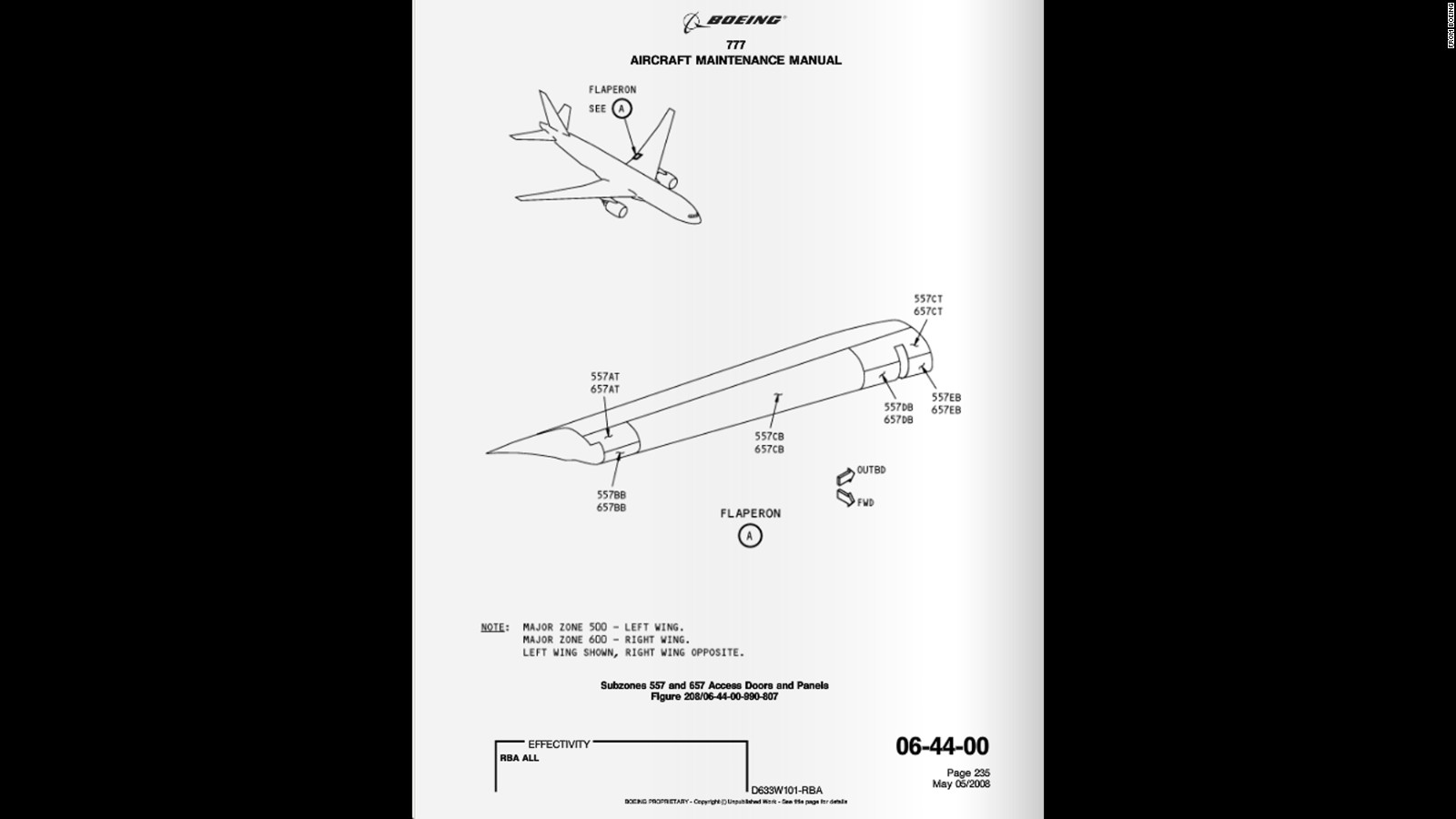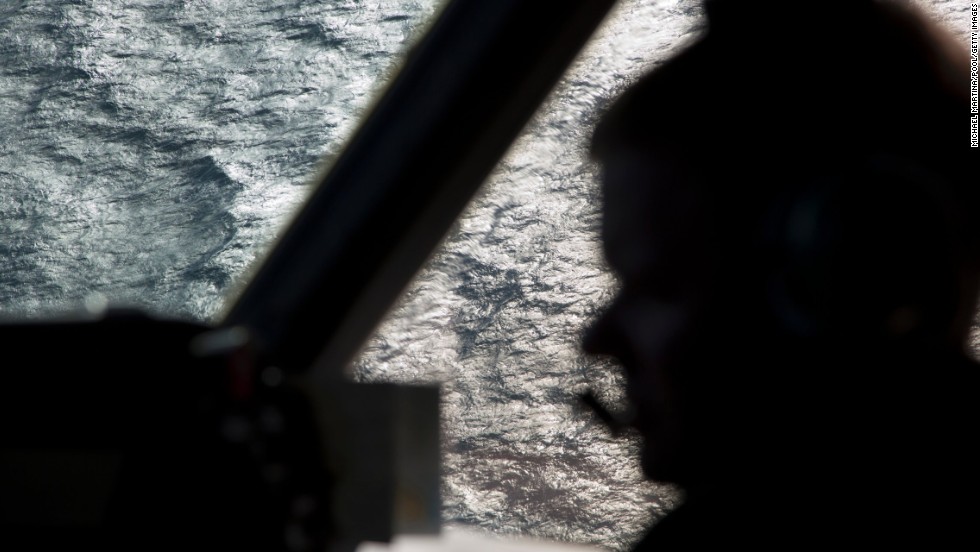https://youtu.be/jndu38nTQaA
China's ride-hailing service Didi Chuxing on Monday announced a strategic deal with Uber China. Under the agreement, Didi Chuxing will acquire all assets of Uber China including its brand, business operations and data. Didi will also obtain a minority equity interest in Uber.
The acquisition has sparked strong reactions among the US and other Western media. They portrayed the deal as "Uber's surrender" to Didi, repeating the failures of other American high-tech firms in China.
An article in The New York Times claimed that over the last couple of decades, Amazon, Facebook, Google and other American technology giants, like an imperial armada, rolled out from North America's West Coast, to "try to establish beachheads on every other continent. But when American giants tried to enter the waters of China, the world's largest Internet market, the armada invariably ran aground."
The US media advocate that China's problem is largely to blame for the sinking of the American high-tech armada. According to them, the Internet has been divided into two parts - the Chinese Internet and the Internet of the rest of the world. The Chinese Internet lacks transparency and is subject to the government supervision. Only homegrown firms can adapt to it.
The Internet does have its own supervision system, but the supervision is fair to both local and foreign companies. US Internet giants are at the helm of networking technology development, while Chinese homegrown companies as a whole still lack the ability to lead the industry. As the US firms are naturally in an advantageous position, what makes domestic Chinese firms triumph over them?
Despite starting by imitating US companies, Chinese Internet giants have based themselves on China's realities. They not only have extensively made technical innovations in accordance with the demands of Chinese users, but also adapted their business modes to the Chinese market and other non-market factors. But when US firms operate in China, they often confound the core pursuits of Chinese users.
Take Google. Bound by values and emboldened by support from netizens who are well-disposed toward the West, Google had developed the ambition to transform China. But it made a strategic misjudgment of the Chinese market. When it was squarely at odds with the Chinese government, it didn't have support from the majority of Chinese netizens.
With growing strength, China's local Internet companies are becoming more confident and their employees are more industrious. All these add to their chances of defeating foreign competitors.
Apart from the Internet industry, foreign enterprises are also facing fiercer competition from their local rivals. The vitality of China's own business is being continually unleashed. If foreign companies want to win in the Chinese market, they have to invest more efforts. Don't use politics as an excuse for their failures. It won't be of any help. - Global Times
Legal status of app-based ride-sharing a new start

A Chinese mobile phone user uses the taxi-hailing and car-service app Didi Chuxing on his Apple iPhone smartphone in Jinan city, east China's Shandong province, Feb 22, 2015.[Photo/IC]
https://youtu.be/tWC74SRSgsk
Customers love them, because private transportation has never been this convenient, efficient, and accessible.
Taxi drivers oppose them, because their rapid expansion and popularity have resulted in conspicuous customer drain for the traditional taxi market.
Government regulators find them concerning, because they do raise questions about safety, fairness and legitimacy. Not to mention, they do not fit into any existing regulatory framework.
Which is why mobile app-based ride-sharing services, such as Uber and various indigenous cousins, have found themselves in a largely undefined gray zone.
In Beijing, for instance, where Uber and its Chinese look-alikes have grown phenomenally, contracted drivers have been operating in stealth mode for fear of heavy fines.
But despite all the complaints, resistance, even bans in some places, Uber and similar services have continued mushrooming and prospering.
The popularity of app-based ride-sharing has a lot to do with dissatisfaction with taxi services in the pre-Uber days.
In China, however, it goes far beyond a more pleasant user experience. Multiple recent surveys have highlighted the new services' role as job creator.
Uber and its local peers have reportedly become an important income provider for workers displaced in the process of reducing industrial overcapacity. One survey even reported that being a contracted driver for Uber or a similar ride-sharing service provider is the only source of income for more than half of the workers laid off recently in the coal and steel industries.
Given the obvious loopholes in operation and management of such services, especially with regard to driver certification, security guarantees and taxation, it is certainly necessary to regulate the industry.
But an all-win, all-happy solution is difficult to arrive at precisely because such services are too new, too complicated for regulators.
The authorities made a daring, respectable move on Thursday by giving app-based ride-sharing legal status and introducing standards for the new sector.
Yet although it has been reviewed and revised repeatedly based on feedback from the public, the regulatory regime unveiled still needs further research and clarification.
The stipulations show plenty of thought has been given to key problems surrounding the brand-new business model. But they do display the inclination to include the new services into regulators' modus operandi, and render them another part of the traditional taxi service market.
Such an inclination may undermine the otherwise promising prospects of something the public clearly wants. - China Daily
Uber plans to boost resources in SEA, India
 Out of China: A man walks past an Uber station outside a shopping mall in Beijing. Didi Chuxing said on Monday it will buy Uber’s operations in China, putting an end to a year-long war between the world’s two largest ride-sharing companies. — AFP
Out of China: A man walks past an Uber station outside a shopping mall in Beijing. Didi Chuxing said on Monday it will buy Uber’s operations in China, putting an end to a year-long war between the world’s two largest ride-sharing companies. — AFP
This comes after sale of China ops to Didi Chuxing
SINGAPORE: Uber Technologies Inc will redeploy 150 engineers from its China operations to other key markets such as Southeast Asia after agreeing to sell its business in the world’s most populous nation, according to people with direct knowledge of the plan.
The San Francisco-based employees will develop new features such as mapping as it boosts services for the region that includes Singapore, Thailand and Indonesia, the people said, asking not to be identified as the matter is private.
Didi Chuxing said on Monday it will buy Uber’s operations in China, putting an end to a year-long war between the world’s two largest ride-sharing companies.
The China deal will also allow Uber to free up capital to double down on putting resources into other markets and hire more engineers locally in India, the people said. Uber has a total global workforce of about 8,000, spanning engineering, marketing and operations. Uber declined to comment.
Uber’s shift is a sign it won’t let up in its battle for customers elsewhere in Asia even after reaching a peace deal for China.
The world’s most valuable startup competes with Singapore-based Grab for ride-hailing customers in South-East Asia, a region that also includes Malaysia and Vietnam, while also tackling Go-Jek in Indonesia and going head-to-head with Ola in India.
Didi is in an alliance with Grab, Old and Lyft Inc. that unites four rivals to Uber. It’s not clear what impact the China deal will have on that alliance.
Grab chief executive officer Anthony Tan sent an internal memo to employees yesterday, reassuring them Didi’s victory showed that local companies are better positioned for dominance of the local market and he expected Uber to put more resources into the region.
Grab operates in 30 cities across six countries. Having raised more than US$15bil and valued at US$68bil, Uber has a long bench of investors from venture capitalists and hedge funds to sovereign wealth funds.
Since its inception in 2012, Grab has raised at least US$680mil, based on disclosed information, with investors including Vertex Venture Holdings Ltd, Tiger Global Management LLC, Hillhouse Capital Management Ltd, SoftBank Group Corp, China Investment Corp and Didi.
Under the Didi deal, Uber and its backers will have a 20 percent economic interest in China’s largest ride-sharing company. — Bloomberg
Related post:



 KLCI in heavy fall in line with regional markets
KLCI in heavy fall in line with regional markets

















